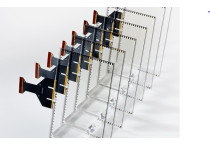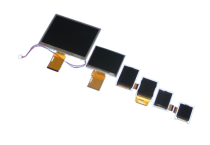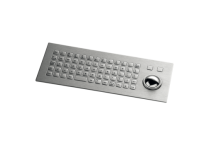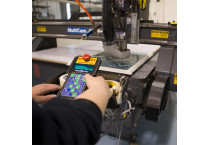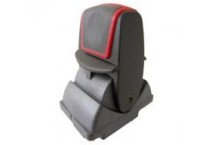Jūs turite būti prisijungę
HMI is an abbreviation for Human-Machine Interface, which means the interface between humans and machines. It is a technology that enables interaction between humans and a device or computer system. It is used to present information to the user and allows for control and monitoring of devices or processes.
Typical examples of HMIs include user interfaces in electronic devices such as TVs, flat-screen TVs, smartphones, tablets, computers, and control panels in the industry. HMI can include elements such as touchscreens, buttons, knobs, indicators, controllers, and control panels.
HMI can also be used in automation and control systems, where it allows operators to monitor and control manufacturing processes or machines. Through the human-machine interface, users can easily communicate with the device, read data, input instructions, and monitor the system's status.
HMI is crucial in user interaction design as it impacts device usability, efficiency, and user comfort. A well-designed human-machine interface can facilitate device usage, increase productivity, and ensure safety during operation.
The company Dacpol offers the following HMI components:
- buttons
- switches
- displays
- industrial keyboards and panels
- technical glasses





